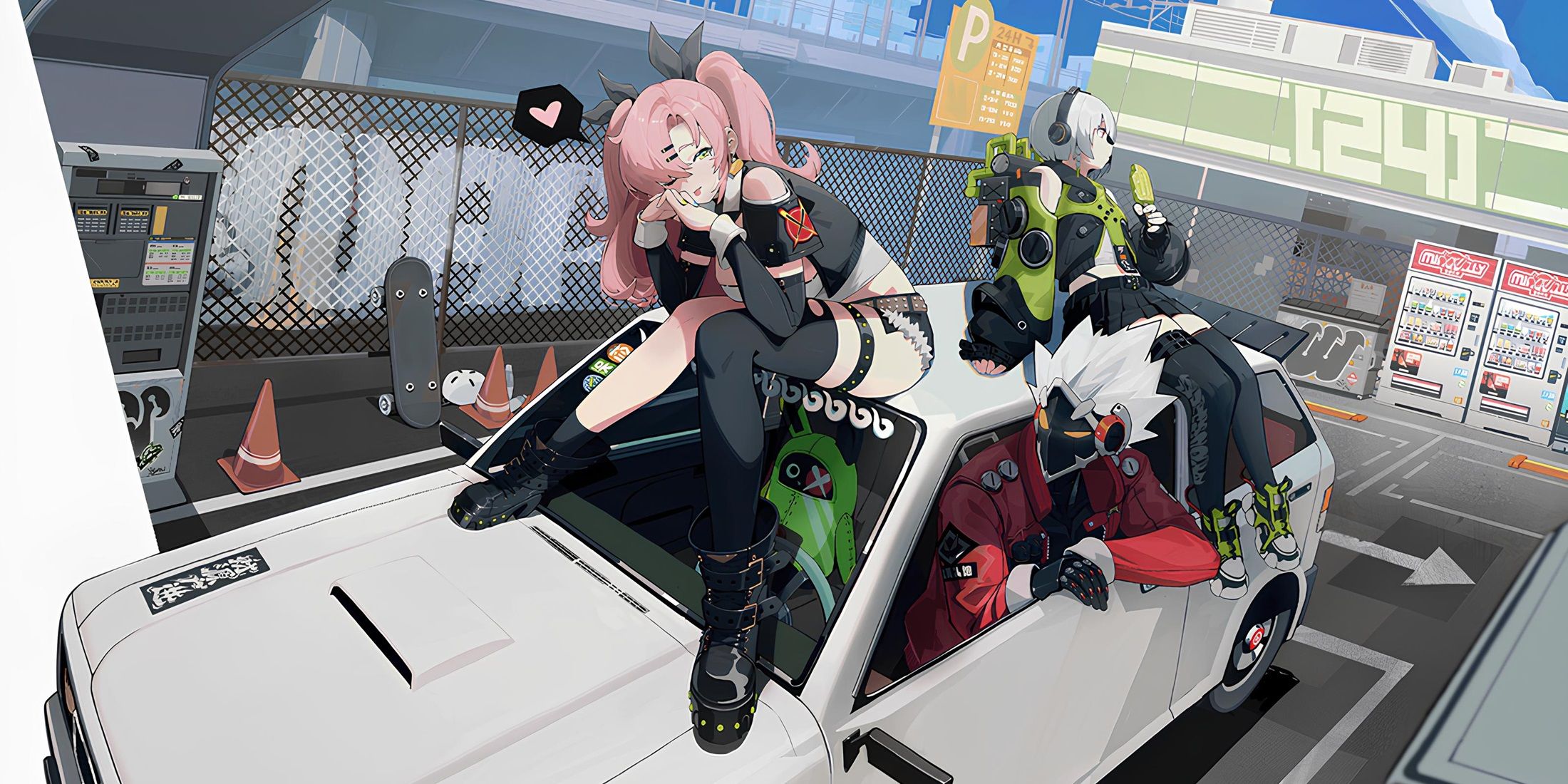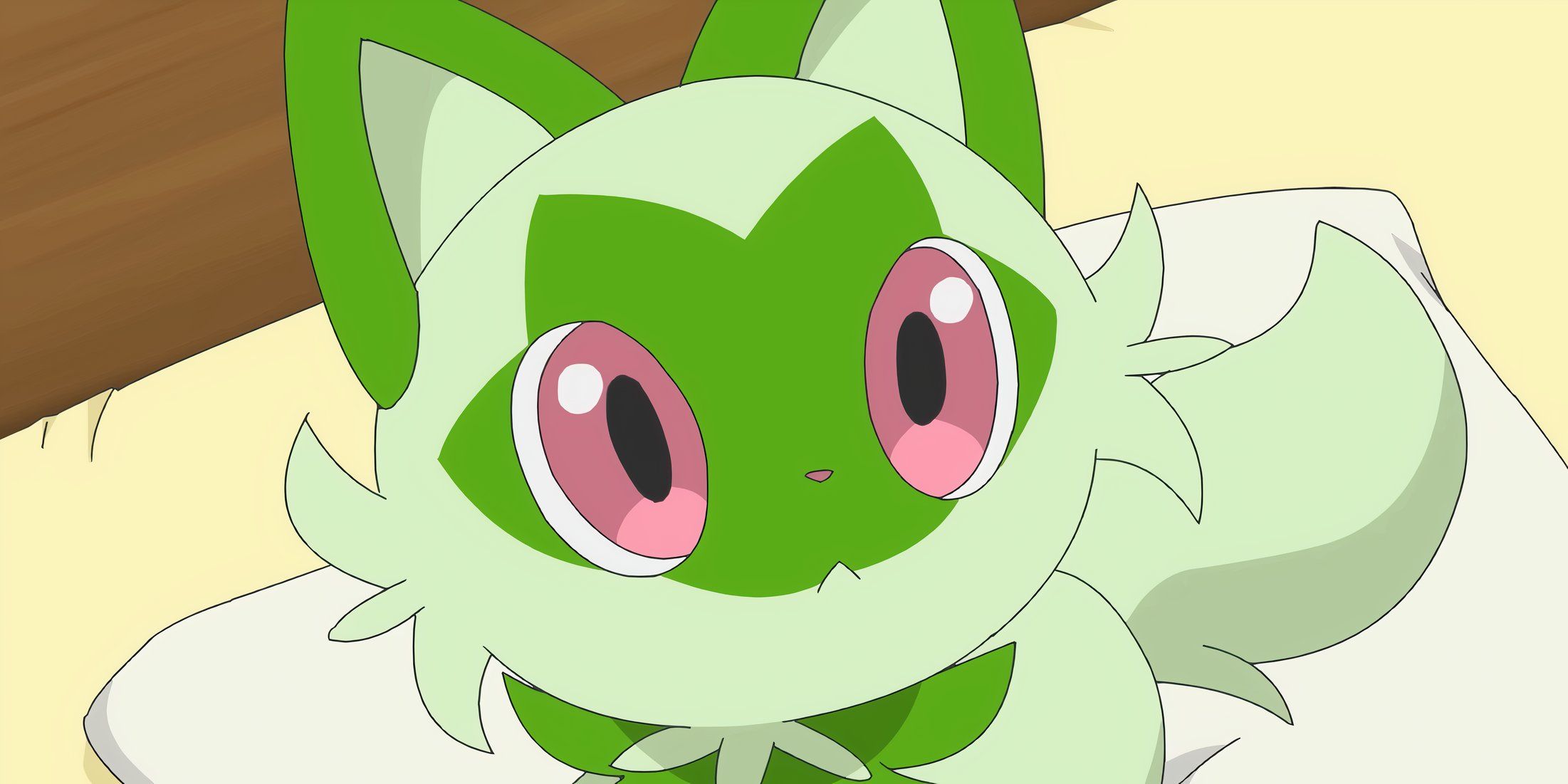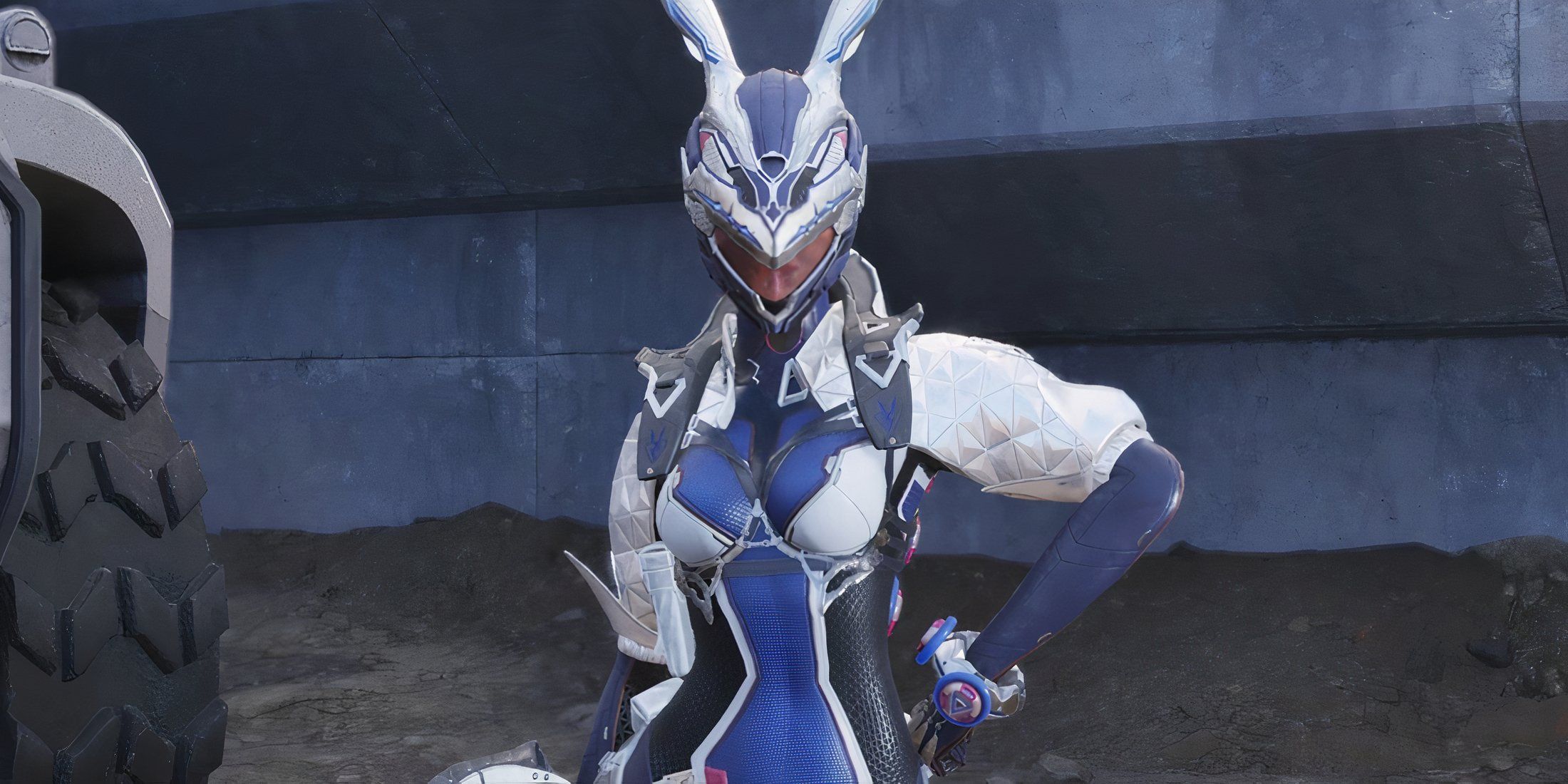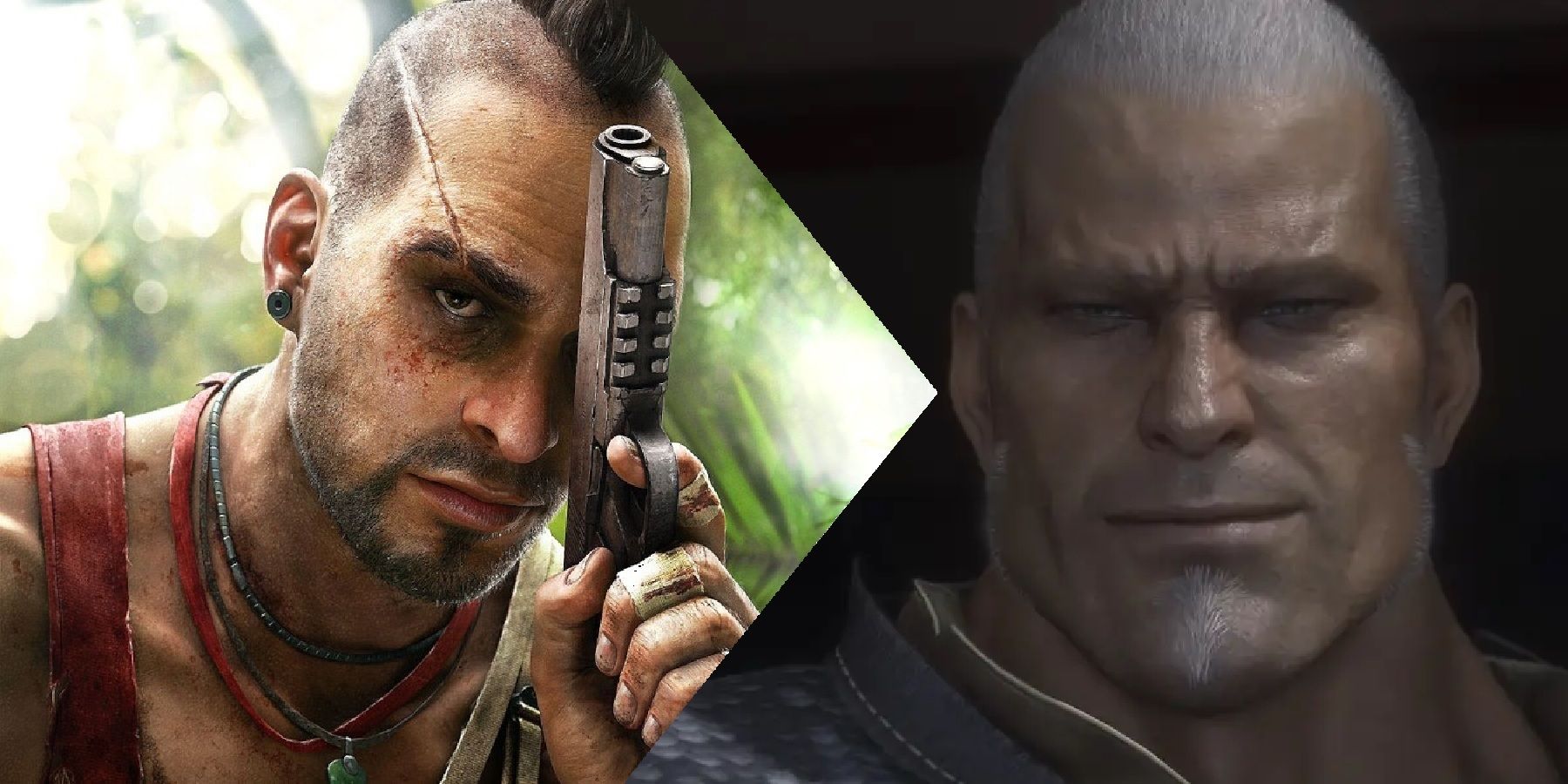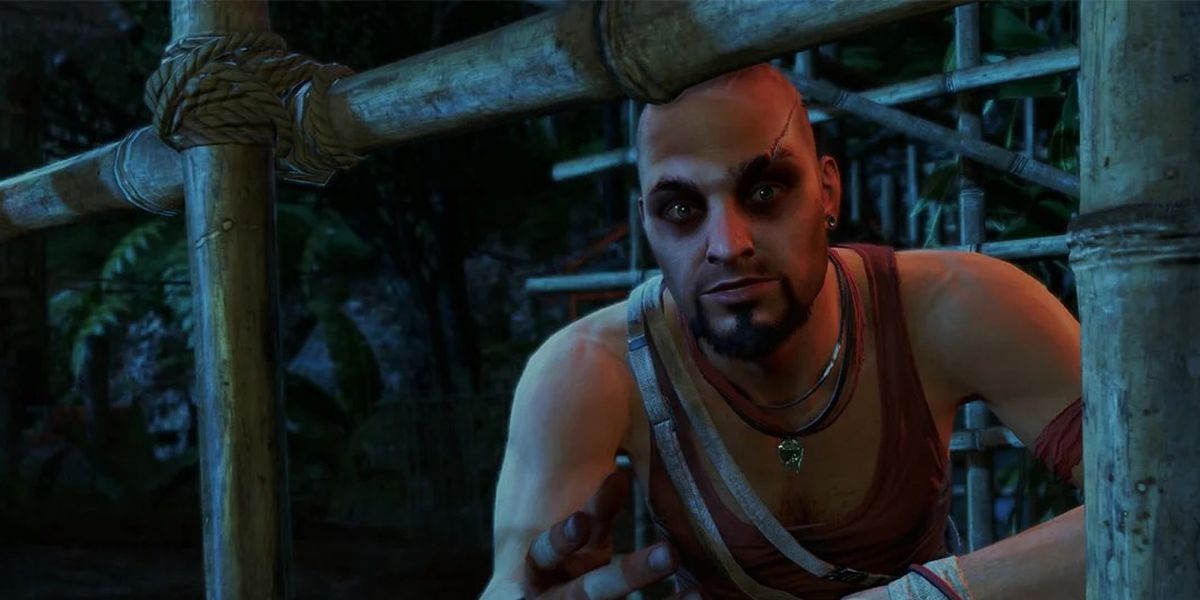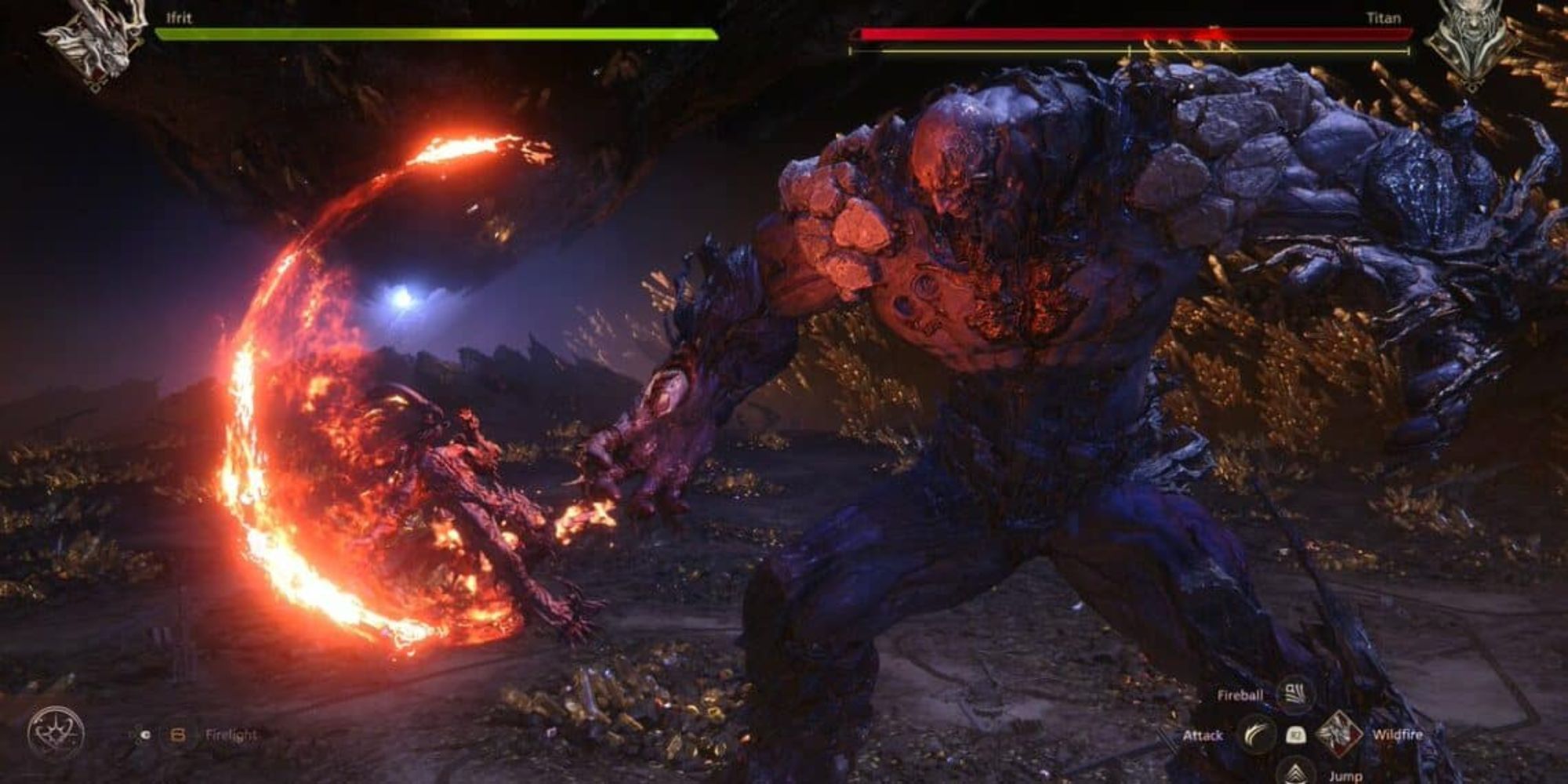SPOILER WARNING: This Article Contains MAJOR Spoilers for Final Fantasy 16Nailing down a quality villain is one of the places where the Final Fantasy series tends to standout for its storytelling, with the recent Final Fantasy 16 continuing this trend. However, where titles like Final Fantasy 7 and 15 let their primary antagonists chew the scenery and steal the show, the most recent title's secondary antagonist Hugo Kupka might be the best of a legendary bunch of big bads.
Interestingly, Kupka taking such a strong role as an antagonist is a bit of a surprise, given the fact that the extent of his presence throughout Final Fantasy 16 is somewhat limited in comparison to other villains like Barnabas and Ultima. In this way, Kupka has a lot in common with the initial antagonist of a title from a different RPG series, namely Vaas Montenegro from Far Cry 3.
An Early Introduction Terrorizing the Protagonist
The surface-level similarities between Hugo Kupka and Vaas Montenegro come from the fact they are both villains in the early parts of their games that act to set the stage for the worlds the players will be traveling through. Kupka appears right in the opening sections that were first shown in Final Fantasy 16's demo, rising up as Titan to decimate a battlefield and nearly kill Clive and his initial companions more than once. In the case of Vaas, he appears early in the wild trip that gets the player stuck on the Rook Islands, having captured the protagonist and holding him hostage as he threatens to torture and kill him and his friends.
However, while both of these characters appear as a threat early on, it is their individual actions that make them a lasting presence for the player. Kupka might not be the classic psychopath that Vaas is, but he still shows little remorse for brutally killing scores of men before eventually spending the rest of his time in Final Fantasy 16 chasing the two Cids. There's a difference in method, but both become seemingly obsessed with finding the player character and destroying everything they hold dear, which Kupka comes much closer to succeeding at.
Vaas' antics and his interest in the definition of insanity have made him a favorite among Far Cry fans as one of the best villains in the series. On the other hand, it is Kupka's relentless hounding of Cid and Clive, even succeeding at destroying the initial Hideaway from the first act, that helps cement him as such an intimidating villain throughout Final Fantasy 16. Then there's Kupka's use of the Titan Eikon which sees him become two of the most impressive boss fights throughout the game.
Gone Before Their Time
The other similarity between Kupka and Vaas is how quickly they are killed off in order to make way for new antagonists who are far less exciting to fight than these two icons of villainy. The likes of Hoyt Volker and Ultima are interesting villains in their own right, but when measured up against Vaas and Kupka respectively, they truly pale in terms of being entertaining enemies to cross wills against. This results in a major loss in momentum towards the end as the hate-to-love bad guys step down from being the main obstacle for Clive's quest to destroy the Mothercrystals or Jason Brody's escape from the Rook Islands.
Of course, that doesn't mean that everything after Vaas or Kupka in their respective games is bad, but it does get less fun to see the back-and-forth between hero and villain when the villain is no longer quite as entertaining. No amount of Clive chastising Barnabas or rebuking Ultima quite hits the highs of reveling in telling Kupka that he killed the woman he loved just to throw him into a rage. However, the show must go on and Kupka is quickly left behind, giving Clive a fresh new set of Titan Eikon abilities as the player can now rock punch their way through the rest of Final Fantasy 16.
Final Fantasy 16 is available now for PS5.

